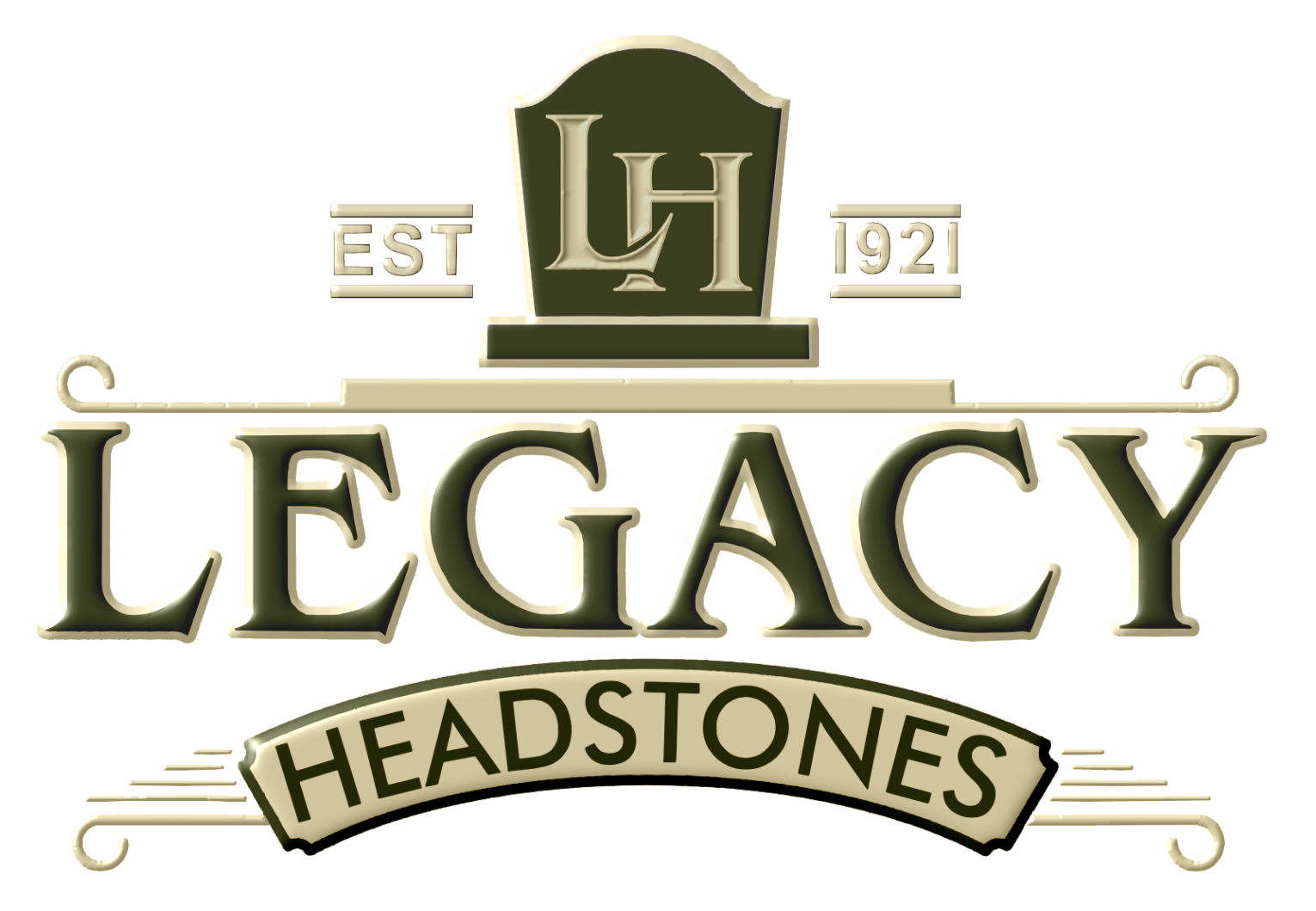Throughout history, headstones have been made of slate, sandstone, marble, and a variety of materials. It wasn’t until 1850 that manufacturers began using granite to make headstones. Granite is a hard and granular igneous rock that is primarily comprised of feldspar, mica, and quartz. The natural shade of this crystalline rock varies from white to pink and light to dark gray, but it can also be cut and polished to achieve a precise look. This hardy material has been used as a construction stone for centuries, and evidence shows that the ancient Egyptians used granite to build most of their monuments. In this article, we explore the benefits of using granite for headstones and why this igneous rock might be an invaluable option for anyone who wants to build a long-lasting memorial for his or her loved one.
Selecting the right material for your loved one’s headstone is an important decision. Although bronze and marble are still popular options for modern consumers, granite is the most widely used material to make gravestones, memorial benches, and other commemorative objects.
Aesthetics: As we mentioned earlier, granite is available in a variety of natural shades. Most granite will contain flecks of blue, gold, green, or gray, depending on the minerals present in the stone. No two headstones will ever be the same because granite is cut directly from the quarry bed and contains variations depending on location.
Durability: Unlike slate, sandstone, or marble, granite does not shatter, deteriorate, or stain. In fact, true granite employs the best grades of small-grained granite to create beautiful memorials that will remain intact with visible epitaphs for over 500 years. True granite will also resist natural deterioration and discoloration from one season to the next, but weathering can occur depending on the presence of water, the temperature, and the composition of the rock.
Maintenance: If a granite headstone accumulates bird droppings, hard water, lichens, moss, or sap, it is easy to clean and restore. You can clean granite with a little dishwashing liquid, water, and a clean cloth.
Versatility: Granite is a very effective choice for carving, etching, engraving, laser-etching, and sandblasting. It can also be airbrushed to include artwork and add more individuality to the headstone.
We understand that choosing a headstone material can seem like a bit of an uphill battle, but we hope that this article highlights all the benefits of using granite for headstones. If you have any questions about this article, please contact us today for additional information or further assistance.

